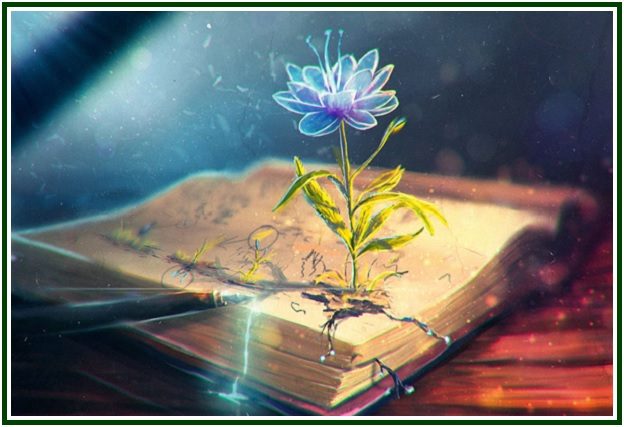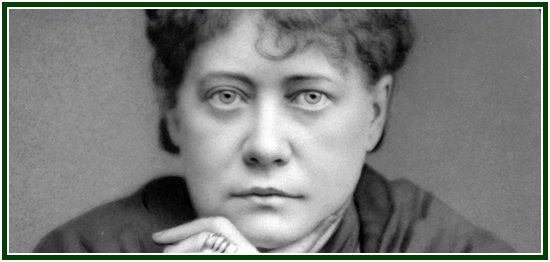
And, From Time to Time, Everyone
Reappears in New, Revised Editions
Carlos Cardoso Aveline

Human beings can be described as living words and sentences in an eternal Book of Life which periodically reappears in revised editions.
But individual life also unfolds like a book. It is always being written and read, at the same time. The fact was a major reference and a guiding light in the life of Benjamin Franklin. In 1726, when Franklin was 20 years old, he started planning his life as a book and wrote these words in his diary:
“Those who write of the art of poetry teach us that if we would write what may be worth the reading, we ought always, before we begin, to form a regular plan and design of our piece: otherwise, we shall be in danger of incongruity. I am apt to think it is the same as to life. I have never fixed a regular design in life; by which means it has been a confused variety of different scenes. I am now entering upon a new one: let me, therefore, make some resolutions, and form some scheme of action, that, henceforth, I may live in all respects like a rational creature.”
He then made four personal decisions:
“1. It is necessary for me to be extremely frugal for some time, till I have paid what I owe.”
“2. To endeavour to speak truth in every instance; to give nobody expectations that are not likely to be answered, but aim at sincerity in every word and action – the most amiable excellence in a rational being.”
“3. To apply myself industriously to whatever business I take in hand, and not divert my mind from my business by any foolish project of growing suddenly rich; for industry and patience are the surest means of plenty.”
“4. I resolve to speak ill of no man whatever, not even in a matter of truth; but rather by some means excuse the faults I hear charged upon others, and upon proper occasions speak all the good I know of everybody.” [1]
Besides being an author, Benjamin was a professional printer of books. He studied Pythagorean philosophy since he was 16 and was aware of the law of reincarnation. Hence his spiritual discipline. He was still young as he made his famous Epitaph, to be put on the right place once his lifetime ended. Long decades after that, as death approached, Franklin confirmed the decision.
The Epitaph says:
THE BODY
OF
BENJAMIN FRANKLIN
PRINTER
(LIKE THE COVER OF AN OLD BOOK,
ITS CONTENTS TORN OUT
AND STRIPT OF ITS LETTERING AND GILDING)
LIES HERE, FOOD FOR WORMS.
BUT THE WORK SHALL NOT BE LOST
FOR IT WILL (AS HE BELIEVED) APPEAR ONCE MORE
IN A NEW AND MORE ELEGANT EDITION
REVISED AND CORRECTED
BY
THE AUTHOR. [2]
The Book of Life in the Secret Doctrine
The book of life is both individual and collective. It is in fact the Book of Karma. It is written all the time by our thoughts, feelings, actions performed and words said. A Master of the Wisdom writes in the Mahatma Letters:
“Karma [represents] an Entry Book, in which all the acts of man, good, bad, or indifferent, are carefully recorded to his debit and credit – by himself, so to say, or rather by these very actions of his.” Regarding this fact, the Master says that Christian poetical fiction created and sees a “Recording Guardian Angel”. [3] The idea is 100 percent theosophical.
Being multidimensional – and rather unlimited – the Book of Life is also universal, if seen from a wider perspective. And Helena Blavatsky wrote this about the divine Recorders of Karma:
“The [word] Lipi-ka, from the word lipi, ‘writing’, means literally the ‘Scribes’. Mystically, these Divine Beings are connected with Karma, the Law of Retribution, for they are the Recorders or Annalists who impress on the (to us) invisible tablets of the Astral Light, ‘the great picture-gallery of eternity’ – a faithful record of every act, and even thought, of man, of all that was, is, or ever will be, in the phenomenal Universe. As said in ‘Isis’[4], this divine and unseen canvas is the BOOK OF LIFE. As it is the Lipika who project into objectivity from the passive Universal Mind the ideal plan of the universe, upon which the ‘Builders’ reconstruct the Kosmos after every Pralaya, it is they who stand parallel to the Seven Angels of the Presence, whom the Christians recognise as the seven ‘Planetary Spirits’ or the ‘Spirits of the Stars’; for thus it is they who are the direct amanuenses of the Eternal Ideation – or, as thought by Plato, the ‘Divine Thought’.” [5]
And Jorge Luis Borges, in his article “On the Cult of Books”, quotes these words by Galileo Galilei:
“Philosophy is written in that very large book that is continually opened before our eyes (I mean the universe), but which is not understood unless first one studies the language and knows the characters in which it is written. The language of that book is mathematical and the characters are triangles, circles, and other geometric figures.” [6]
Few, however, are able to “read” in the tablets of astral light the story of life in our planet, or in the solar system. In the “Letters From the Masters of the Wisdom” one can see a reference to the Maha Chohan, an Eastern sage and a Master of Masters – “to whose insight the future lies like an open page”.[7]
According to Theosophy, much of the future developments of the wave of life in our planet and in our solar system has been written already by the Scribes who work for the One Law, and earnest students of esoteric philosophy can attain a few glimpses of it, if they study “The Secret Doctrine” and The Mahatma Letters carefully enough.
NOTES:
[1] “Benjamin Franklin, the Autobiography and Other Writings”, selected and edited with an introduction by L. Jesse Lemisch. A Signet Classic, published by The New American Library, New York, copyright 1961, 344 pp., see p. 183.
[2] See p. 29 of the book “Famous Men of Science – Benjamin Franklin Joseph Henry”, by J. G. Crowther, Penguin Books, England-U.S.A., 1944, 191 pages. (First edition, 1937.) The information regarding the Pythagorean studies of Franklin is on the same page 29, and p. 30. The epitaph in normal letters: “The Body of Benjamin Franklin, printer, like the cover of an old book – its contents torn out, and stripped of its lettering and gilding – lies here, food for worms. But the book shall not be lost, for it will, as he believed, appear once more in a new and elegant edition, revised and corrected by the author.” The epitaph can also be found at “Theosophy” magazine, Los Angeles, volume I, August 1913, p. 446, and again at “Theosophy” Magazine, July 1936, p. 432.
[3] See “The Mahatma Letters”, Letter XVI, p. 111, upper half. In the Chronological Edition of the Mahatma Letters (Philippines), it’s Letter 68.
[4] See “Isis Unveiled”, H. P. Blavatsky, volume I, p. 343.
[5] “The Secret Doctrine”, Helena P. Blavatsky, volume I, pp. 103-104.
[6] “On the Cult of Books”, by J. L. Borges.
[7] “Letters From the Masters of the Wisdom – First Series”, Letter 16, p. 45.
000
The above article was published on the websites of the Independent Lodge of Theosophists on 17 February 2025.
000
Read more:
* Other articles by Carlos Cardoso Aveline.
000
Print the texts you study from the websites of the Independent Lodge. Reading on paper helps us attain a deeper view of philosophical texts. When studying a printed text, the reader can underline sentences and make handwritten comments in the margins that link the ideas to his personal reality.
000

Helena Blavatsky (photo) wrote these words: “Deserve, then desire”.
000